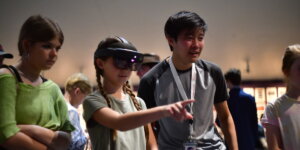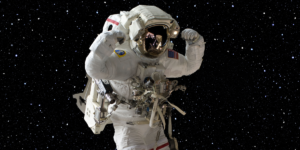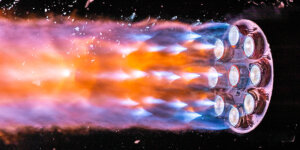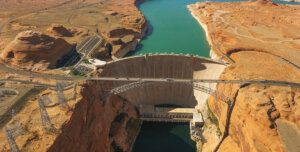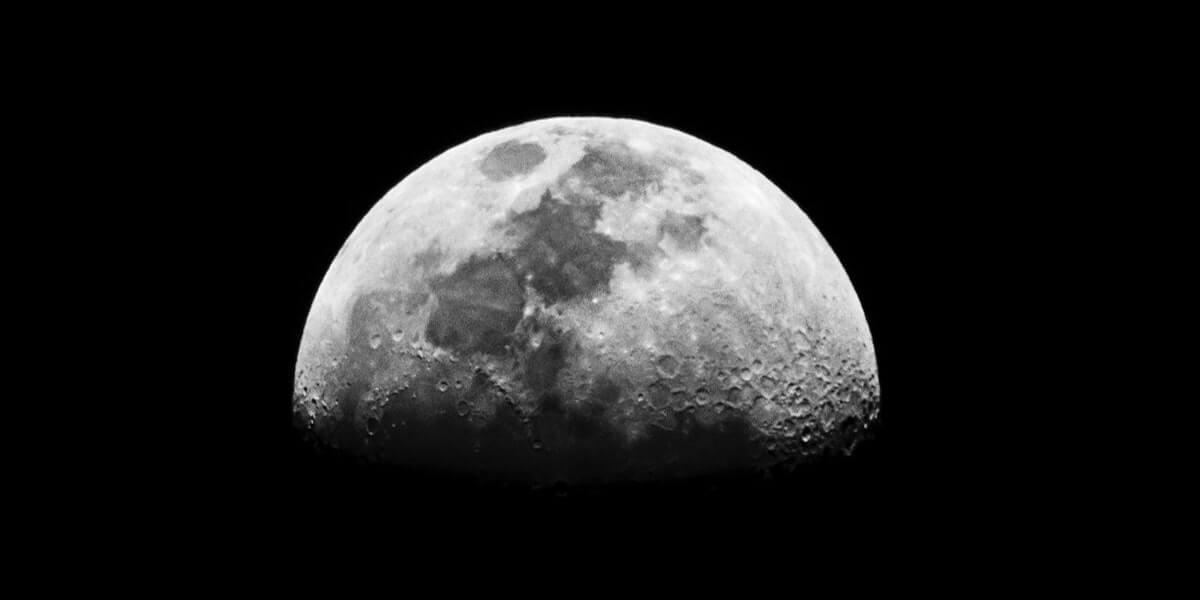
Moon. PHOTO/PEXELS, BRUNO SCRAMGNON.
For life beyond Earth to be possible, one element is absolutely critical: water. While Earth has it in abundance—over 70 percent is covered in water—scientists have long been questioning what water sources look like on other planetary bodies, namely the moon and Mars.
In 1994, the first sign of water on the moon was detected on the Clementine mission; today, scientists are looking to extract this ice located mainly at the poles and on the shaded side, inside craters and sitting beneath the surface.
As part of NASA’s RASC-AL (Revolutionary Aerospace Systems Concepts—Academic Linkage) Special Edition: Moon to Mars Ice and Prospecting Challenge, ten university teams were selected as finalists in the quest to create a tool that could effectively harness water on the moon and on Mars. Among those ten was USC.
As a finalist, the team—led by Sindhoora Tallapragada, a first year USC Viterbi master’s student and astronautics major, and advised by David Barnhart, research professor in the Department of Astronautical Engineering and the director of the USC Space Engineering Research Center—was awarded $10K to build, test and refine their prototype prior to the final multi-day competition at NASA’s Langley Research Center in Virginia in June.
“Ice deposits were discovered on the moon and Mars, meaning there is potential for us to send astronauts for longer expeditions,” Tallapragada said. First, however, they need to devise a way to extract water from these ice deposits. “The instrument we proposed drills through layers of rock to reach the ice,” she said. “Instead of trying to pull the ice out whole, we send in a heat probe to melt the ice into water. Then we pump it out of a filter, removing pieces of debris from the final output.”
The context of the competition is a practice called in-situ-resource utilization (ISRU). ISRU emphasizes use of resources found at the exploration site (in space) to support the survival of mission hardware and of people in space. This practice is becoming increasingly important as we move deeper into space and travel times are extended beyond weeks and even months.
“Every pound is thousands of dollars. It’s a lot safer to have a water source on Mars than carried on a spacecraft,” Tallapragada said.
Of their solution, Tallapragada says, “Every team had the same basic idea, but differentiations will come from the way we code the system, the type of drill we use and the method we use to extract the water.”
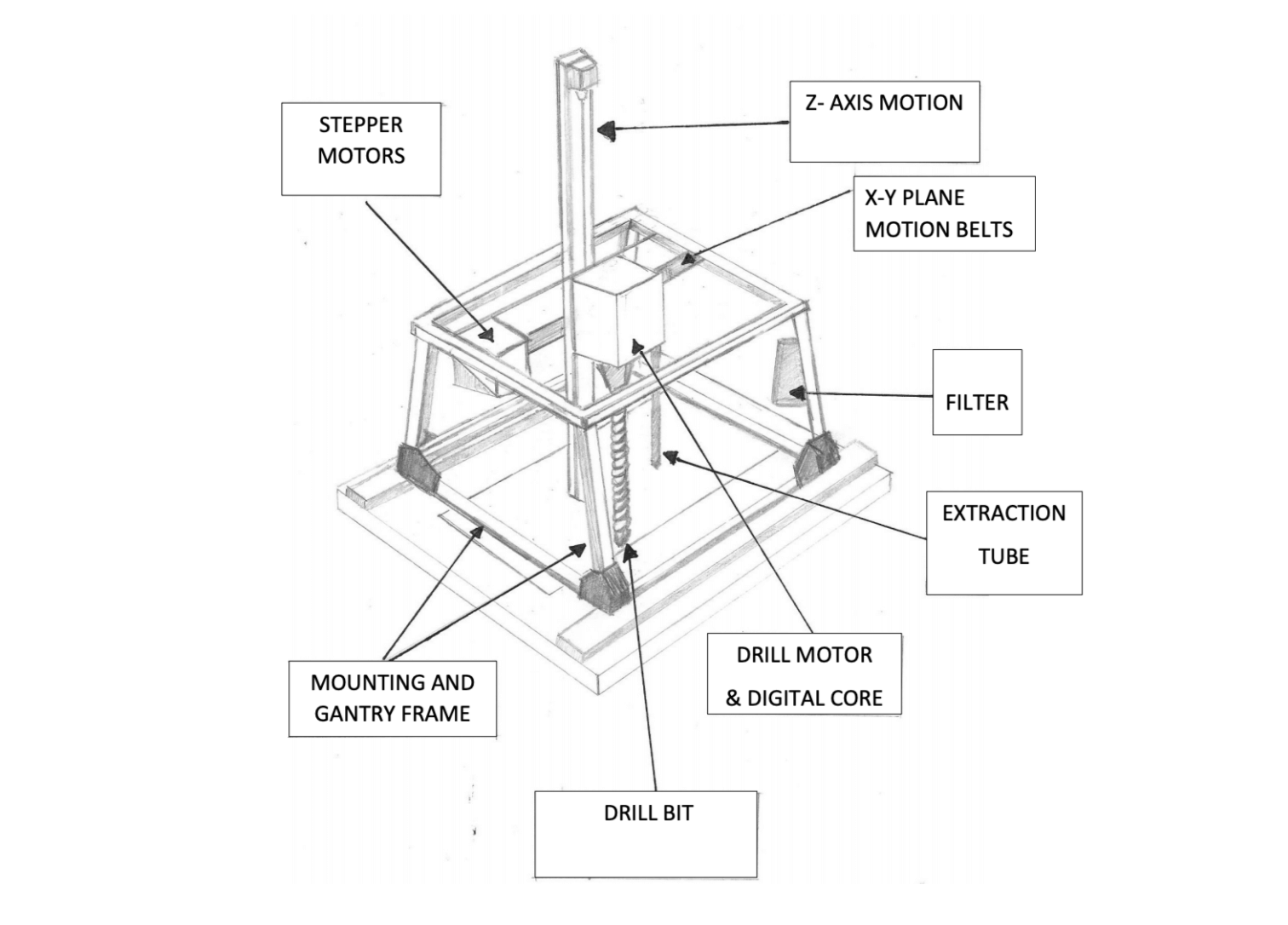
Image of THESEUS, the water extraction model proposed by a team of USC graduate students for the NASA Moon to Mars Challenge 2020. IMAGE/Sindhoora Tallapragada.
This year is the first year USC is competing on this specific challenge, so there is no existing prototype to build from. The original team consists of five members, including USC Viterbi master’s students Steven Wagner, Debanjana Shrivastava and Alvin Chan, and USC Viterbi undergraduate student Jung Hwan Heo, but they are hoping to expand to include other specialties, such as electrical, computer and mechanical engineers. In June, the team will be judged on two elements: a hands-on portion, where it remotely controls the instrument to perform desired tasks and a hands-off portion, where the instrument can perform such tasks autonomously. The autonomous portion—which demonstrates greater efficiency and less dependence on a physical crew’s labor—is worth five times as much in the final score.
“I am very proud of this first team to go after a hardware challenge with RASC-AL. USC’s first graduate team won a RASC-AL competition on innovative designs in 2018, and the subsequent excitement inspired future groups of students to continue to take on even more challenges. This year’s competition is focused on the moon and Mars, grounded in real missions that the US and international community are pursuing. It’s an honor to get USC students into the mix,” Barnhart said.
The testbed the group will use to demonstrate the proficiency of their tool represents the terrain of lunar and Martian surfaces and is provided by NASA. At about one meter deep, half will be rocks and concrete and underneath, a layer of solid ice.
Published on February 6th, 2020
Last updated on February 6th, 2020




